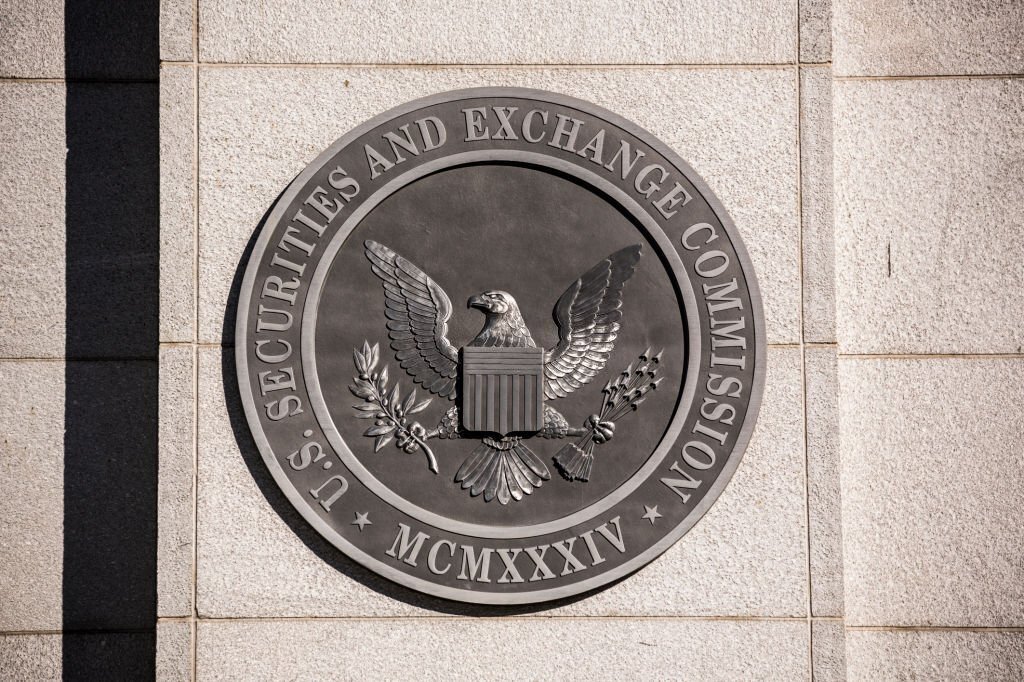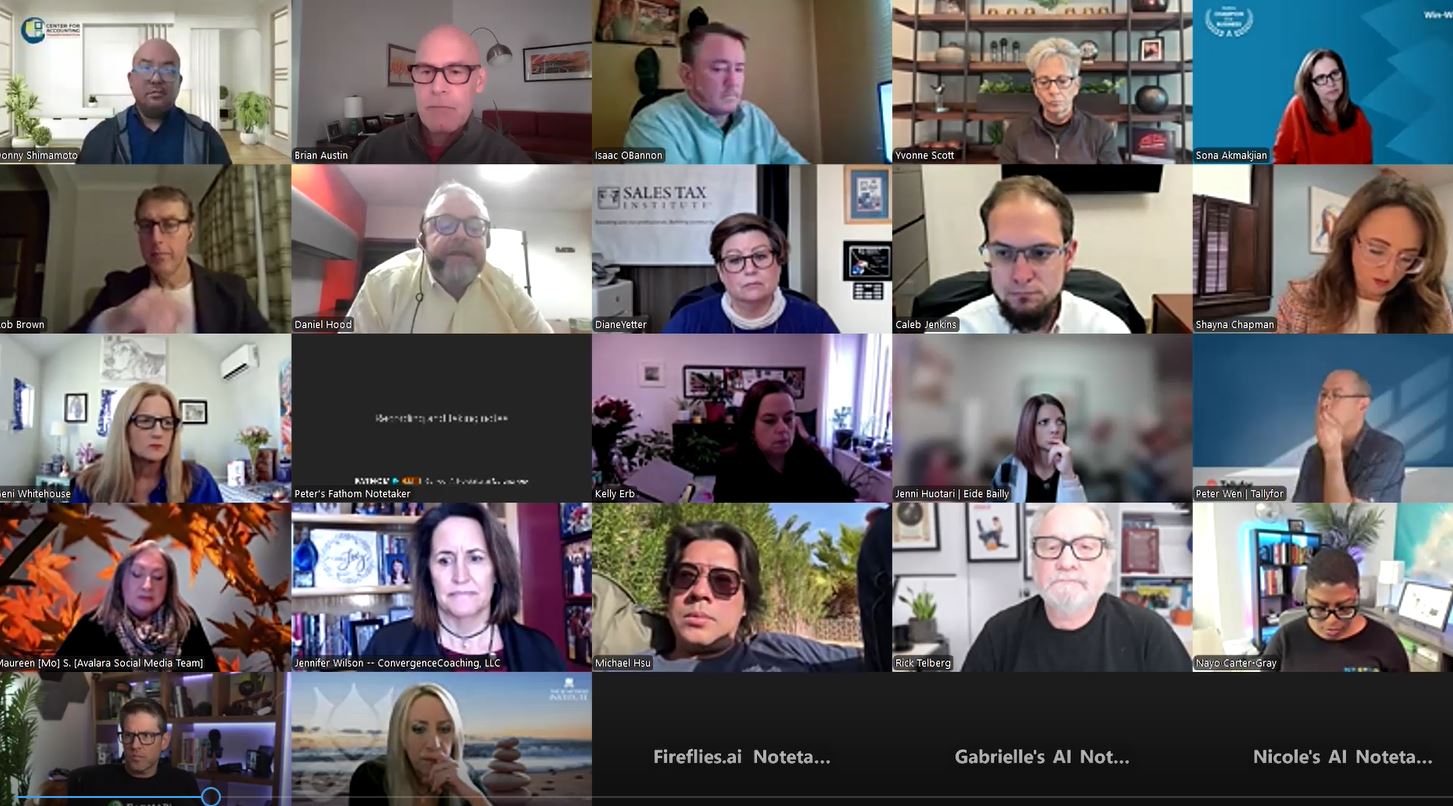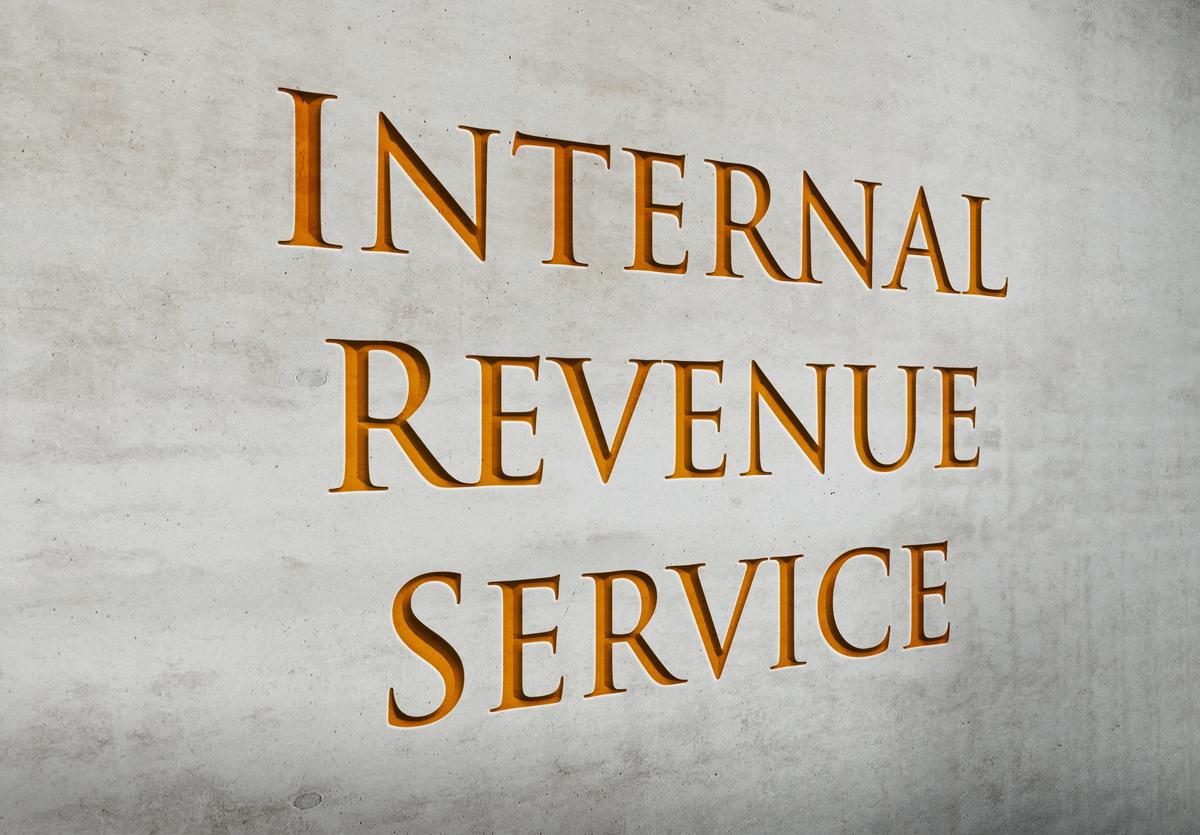Expense reimbursement fraud accounts for 21 percent of fraud in small businesses (<100 employees), and 11 percent in large businesses (100+ employees), according to the Association of Certified Fraud Examiners’ 2018 Report to the Nations. Businesses often overlook expense reimbursement fraud because the amount of money may seem trivial: but small losses can add up quickly. The median duration of expense reimbursement fraud is 24 months, and the median loss is $31,000.
Expense reimbursement fraud is one of the more common schemes, and for a forensic accountant, it is most often easy to detect. Traditional CPAs should understand that, if they come across expense reimbursement fraud in their client’s (or their own) business, it could be an indication that there is a much larger fraud scheme at play and may require further investigation. If someone is willing to commit one type of theft, he or she is often more likely to perpetrate others.
Before taking a look at how to prevent expense reimbursement schemes, it’s important to understand the four ways these improper claims can occur. The ACFE classifies expense reimbursement schemes in four categories:
- Mischaracterized expenses. Receipts are submitted as business expenses when they are actually personal purchases.
- Fictitious expenses. Bogus receipts that appear genuine. Computer programs, design skills and even legitimate companies make it easy to create fake documents.
- Overstated expenses. The employee inflates the cost of a legitimate expense, such as padding mileage or showing a larger tip than was paid.
- Multiple reimbursements. An employee who remits the same receipt for an item more than once, thus receiving duplicate payments.
One of the best ways to prevent expense reimbursement schemes is to set firm policies that make it difficult for employees to defraud their employer. Here are six ways expense reimbursement fraud can be deterred.
- Set the “tone at the top.” Internal controls will only go so far if the business owner makes unethical decisions. Management should model the behavior they expect from their staff, enforce anti-fraud policies and provide a safe way for whistleblowers to report suspicious actions.
- Establish travel reimbursement guidelines. At its most basic, the policy should outline what expenses will not be reimbursable (such as alcohol) and per diem limits for meals and hotel rates. Most businesses reimburse employees the standard mileage rate that’s set by the IRS every December for the following year. To mitigate mileage padding, consider asking employees to provide documented driving directions from a map website or app that correlate to the amount they are requesting.
- Require original receipts for all reimbursable expenses. Photocopied receipts are more easily manipulated than originals. With few exceptions, the receipts should also detail the specific items purchased, the date and the business name.
- Require a second review. Even if the business has just a few employees, one of the easiest ways to prevent fraud is to require a double review before any reimbursable expenses are paid.
- Trust, but verify. Spot audits can help reveal anomalies and either disrupt fraud before it continues or identify expenses that lack proper documentation.
- Prosecute fraudsters. Part of setting the tone at the top is to prosecute employees who steal. Personnel who violate policies and intentionally file false receipts should be punished accordingly. Doing so shows other workers that fraud will not be tolerated.
Businesses hire CPAs for one of the most important parts of running their business: keeping their finances in order. By counseling business owners on the importance of internal controls over incoming cash and outgoing payments, CPAs can help their clients prevent employee theft and fraud. If a company’s financials look suspicious, or if something “doesn’t add up,” a forensic accountant can be a trusted partner in helping detect, quantify and potentially recover stolen funds.
###
Tiffany Couch is CEO and founder of Acuity Forensics, a nationally recognized forensic accounting firm. She is also the author of The Thief in Your Company, a book that explores the financial and emotional impact of fraud on organizations of all sizes. She can be reached at tcouch@acuityforensics.com or (360) 573-5158.
Thanks for reading CPA Practice Advisor!
Subscribe Already registered? Log In
Need more information? Read the FAQs
Tags: Accounting, Auditing

![gavel1_11537663[1]](https://www.cpapracticeadvisor.com/wp-content/uploads/2020/03/gavel1_11537663_1_.5e6a69aa237a8.png)

